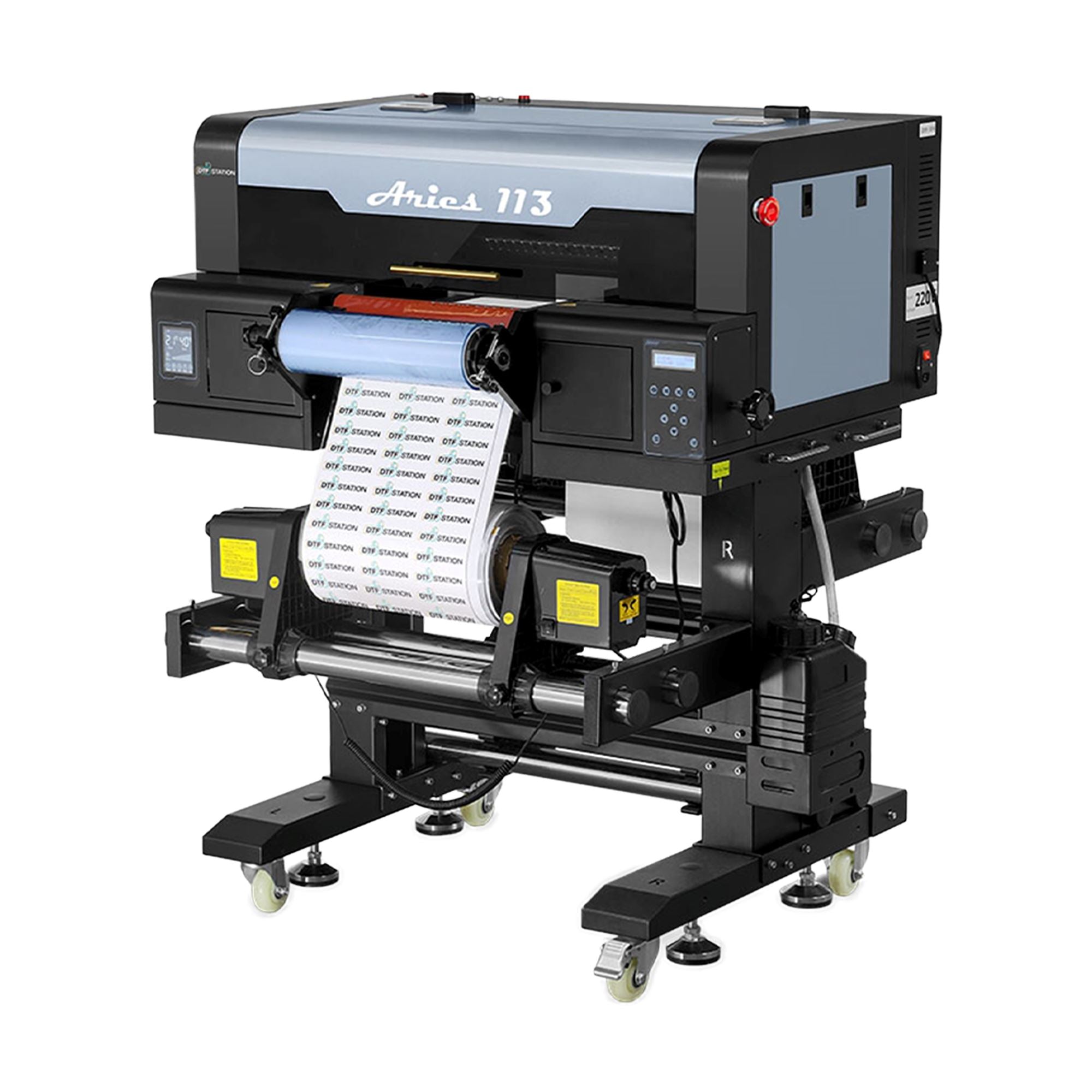Ultimate Guide to DTF Printing Strategies for Stunning Textile Styles
Beginning on the trip of understanding DTF printing techniques can open up a world of opportunities for creating visually fascinating fabric styles. As the fabric industry proceeds to develop, remaining ahead of the curve with ingenious printing approaches is important. In this overview, we will certainly check out the complex details of DTF printing, from grasping the fundamental essentials to unraveling advanced shade methods that can raise your layouts to new heights. Remain tuned as we explore the nuances of selecting the appropriate materials, refining the printing process, and overcoming common obstacles to achieve stunning results.
Recognizing DTF Printing Essentials
DTF printing, a process that includes transferring designs from an unique film to fabrics using heat and stress, forms the structure of textile printing strategies. This cutting-edge technique enables high-grade, vibrant layouts to be perfectly moved onto numerous fabrics with accuracy and detail. The primary step in DTF printing includes developing or selecting a style that will be published onto the textile. This layout is after that printed onto a special film utilizing a DTF printer, which makes use of details dyes or pigments to make certain shade accuracy and sturdiness.
As soon as the style is printed on the film, it is then thoroughly positioned onto the fabric, ensuring correct positioning and positioning. The following vital step includes applying warm and stress utilizing a warm press device. This process triggers the dyes or pigments on the movie, triggering them to sublimate and bond with the fabric fibers completely. The result is a sensational, resilient textile layout that is cleanable, flexible, and immune to fading. Generally, understanding the fundamentals of DTF printing is necessary for mastering this modern textile printing method.
Choosing the Right Fabric Products
Having actually established the foundational concepts of DTF printing strategies for textile layouts, the following vital factor to consider exists in choosing the ideal fabric materials to enhance this innovative process effectively. In addition, the stretchability of these materials can accommodate the warm transfer process included in DTF printing without misshaping the style. By picking the right fabric materials, designers can take full advantage of the possibility of DTF printing to develop resilient and sensational textile layouts.

Understanding the Printing Process
To excel in DTF printing methods for textile styles, mastering the printing procedure is vital for accomplishing consistent and high-grade results. The temperature level, stress, and period of warm application have to be meticulously managed to ensure appropriate bond of the layout to the fabric. By refining each of these actions in the printing procedure, designers can continually generate durable and spectacular fabric designs with DTF printing techniques.
Enhancing Designs With Color Methods

Additionally, explore shade gradients can bring a sense of motion and fluidness to the layout. By mixing shades perfectly, a gradient impact can be achieved, adding a dynamic and contemporary touch to the fabric design. Additionally, using shade blocking techniques can create bold and striking visuals by comparing different strong shades in unique areas of the layout.
Moreover, including metallic or neon colors can offer a eye-catching and see here now unique aspect to the fabric style, making it attract attention and exude a feeling of vibrancy. When strategically applied, these shade techniques can raise the total visual allure of textile designs, making them extra fascinating and memorable.
Troubleshooting Common DTF Printing Issues
After discovering different shade techniques to enhance fabric styles, it is necessary to deal with common DTF printing concerns that might emerge throughout the manufacturing process. One common problem is inadequate adhesion, which can result from incorrect treating temperature levels or times. To settle this problem, ensure that the curing settings are precise and that the sticky used is suitable for the certain fabric being printed on. One more frequent obstacle is shade variances, where colors may appear in different ways than anticipated. This can be created by inaccurate color profiles or setups in the printing software application. To tackle this, confirm the shade settings and accounts to guarantee they match the desired style. In addition, issues with photo quality and intensity can occur because of low-resolution images or incorrect printing methods. To address this, constantly use high-quality pictures and change the printing setups for optimal clarity. By knowing these typical issues and executing the needed troubleshooting actions, you can boost the general high quality of your DTF printed textile designs.
Final Thought
In final thought, grasping DTF printing techniques is vital for developing stunning fabric styles. By recognizing the basics of DTF printing, choosing the appropriate products, and boosting styles with color methods, one can achieve remarkable outcomes. It is necessary to repair typical problems that may occur throughout the printing procedure to site make sure a successful result. With technique and focus to information, one can produce lovely and unique textile styles utilizing DTF printing strategies.
DTF printing, a process that includes moving layouts from an unique film to fabrics making use of heat and pressure, forms the foundation of fabric printing techniques.Having developed the fundamental principles of their explanation DTF printing methods for textile designs, the next critical consideration exists in choosing the proper fabric products to enhance this innovative procedure effectively. By picking the appropriate textile products, designers can make the most of the potential of DTF printing to produce durable and stunning fabric designs.
To excel in DTF printing strategies for fabric styles, understanding the printing procedure is essential for achieving consistent and top notch outcomes. DTF Printing. By refining each of these steps in the printing procedure, designers can regularly create durable and sensational textile styles with DTF printing strategies